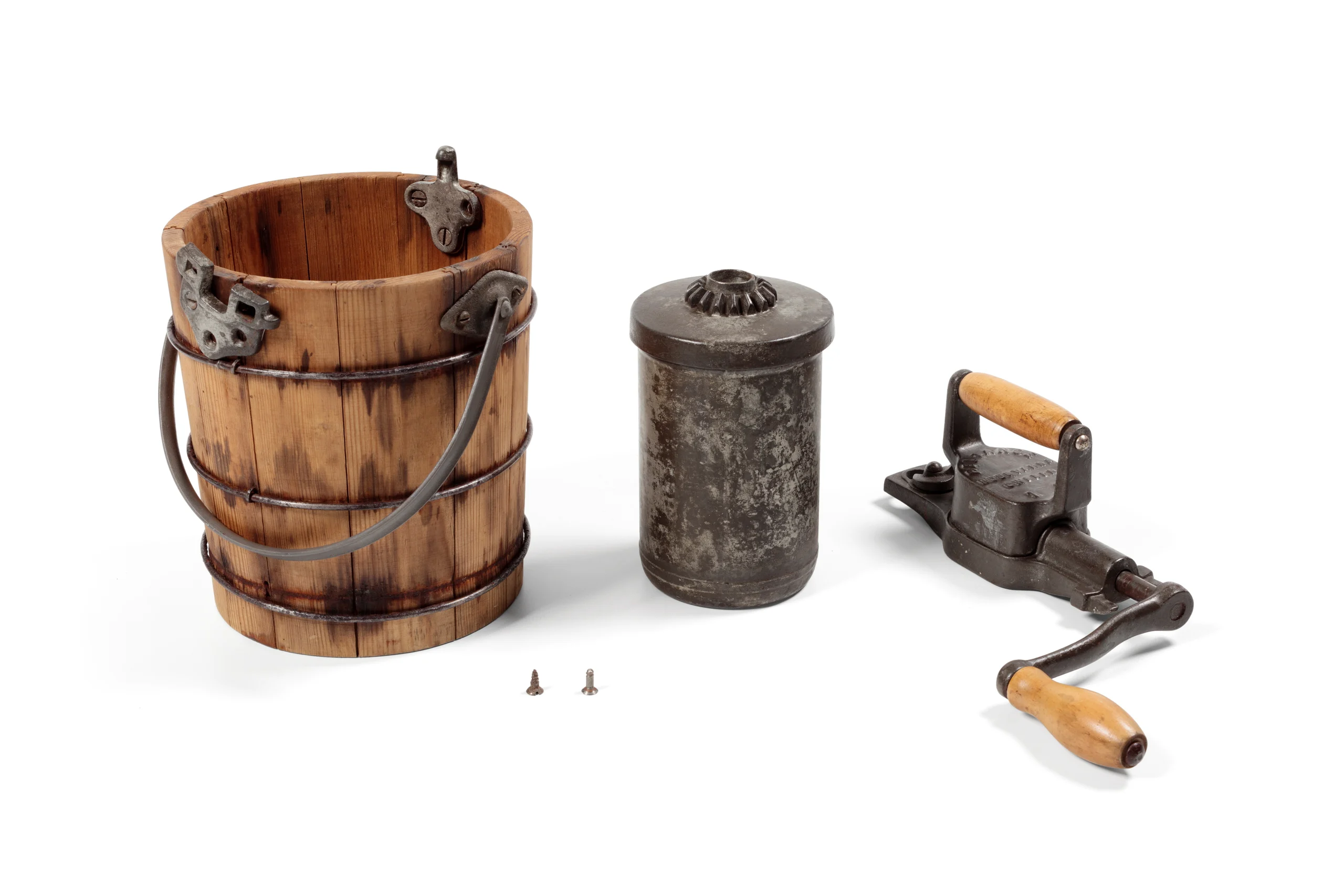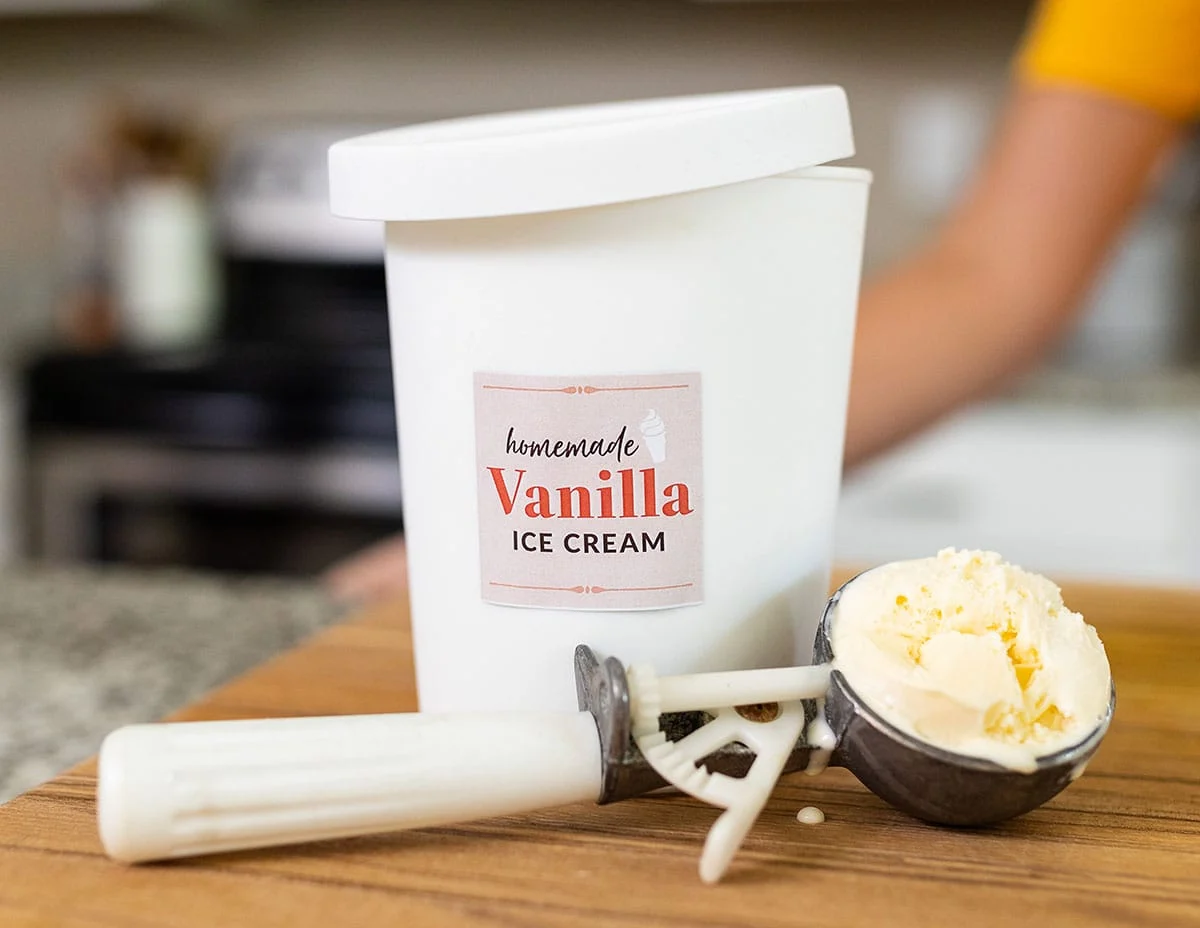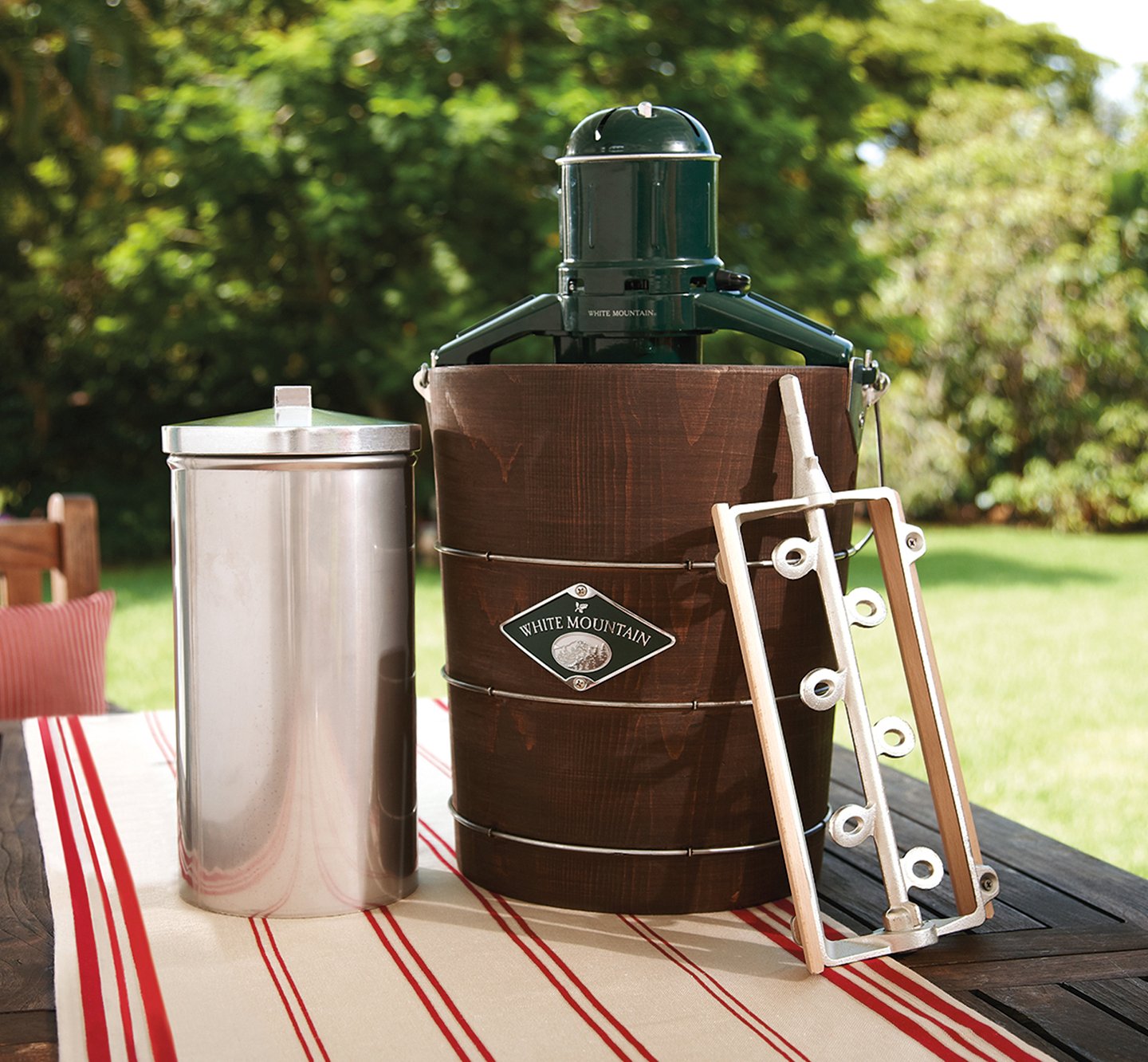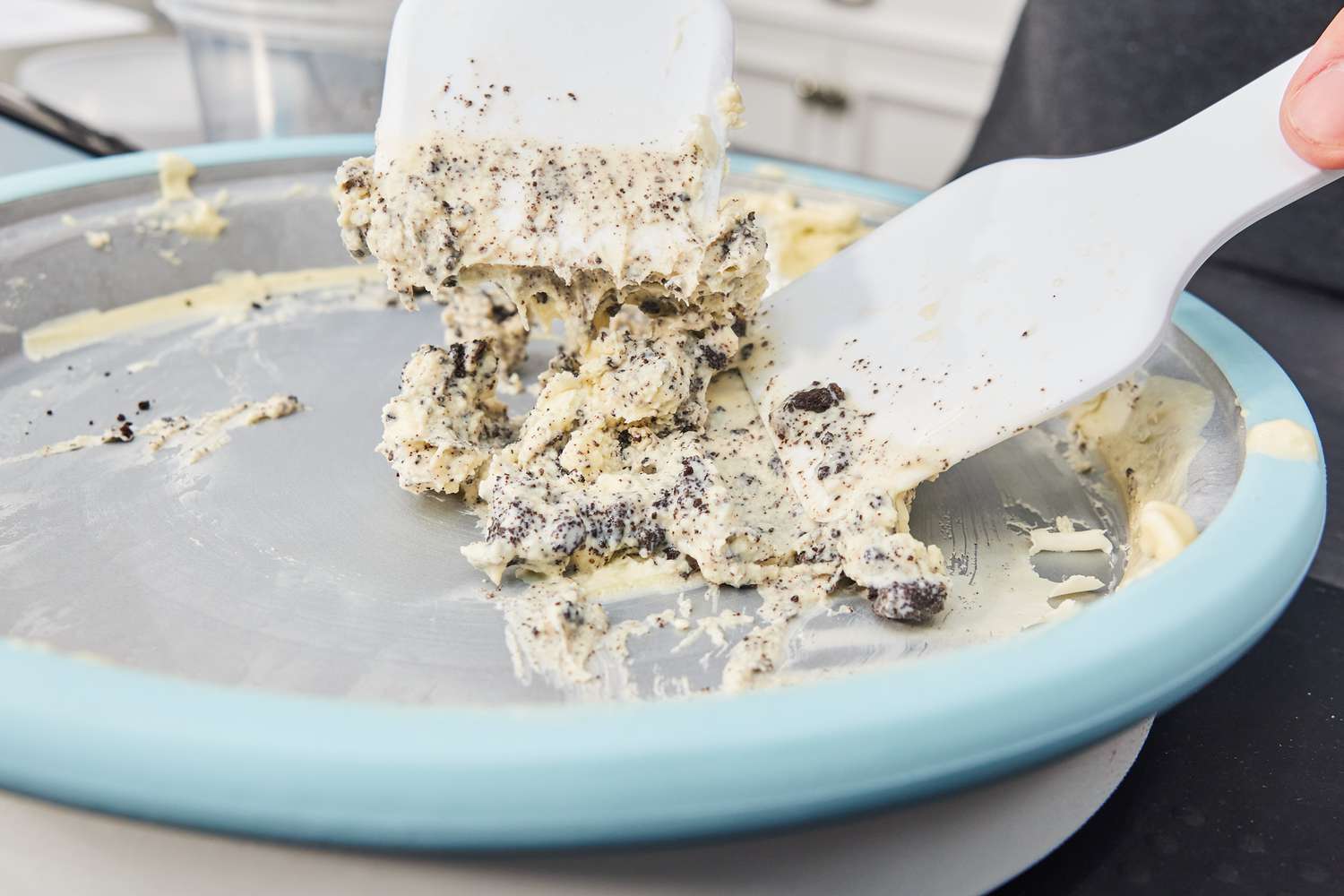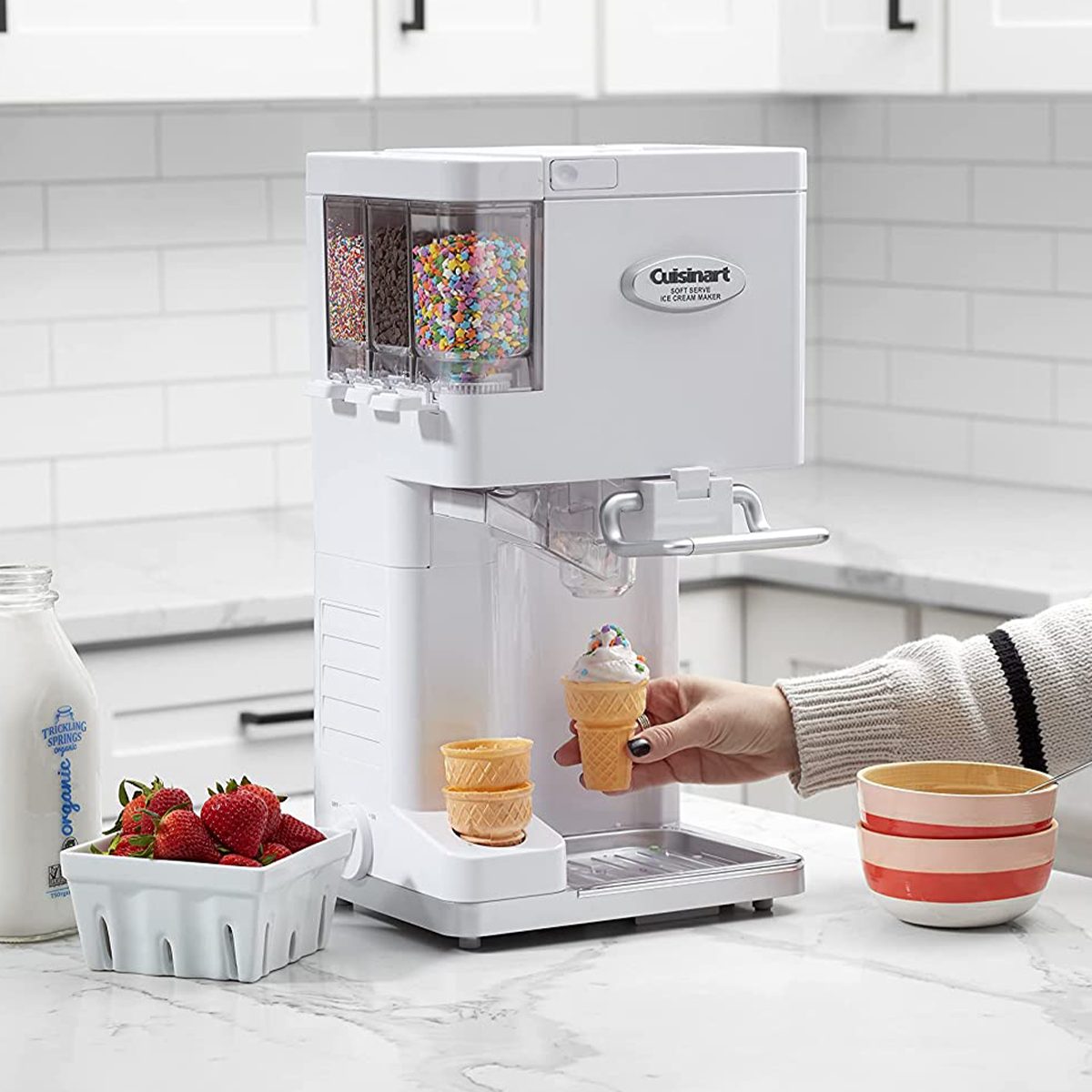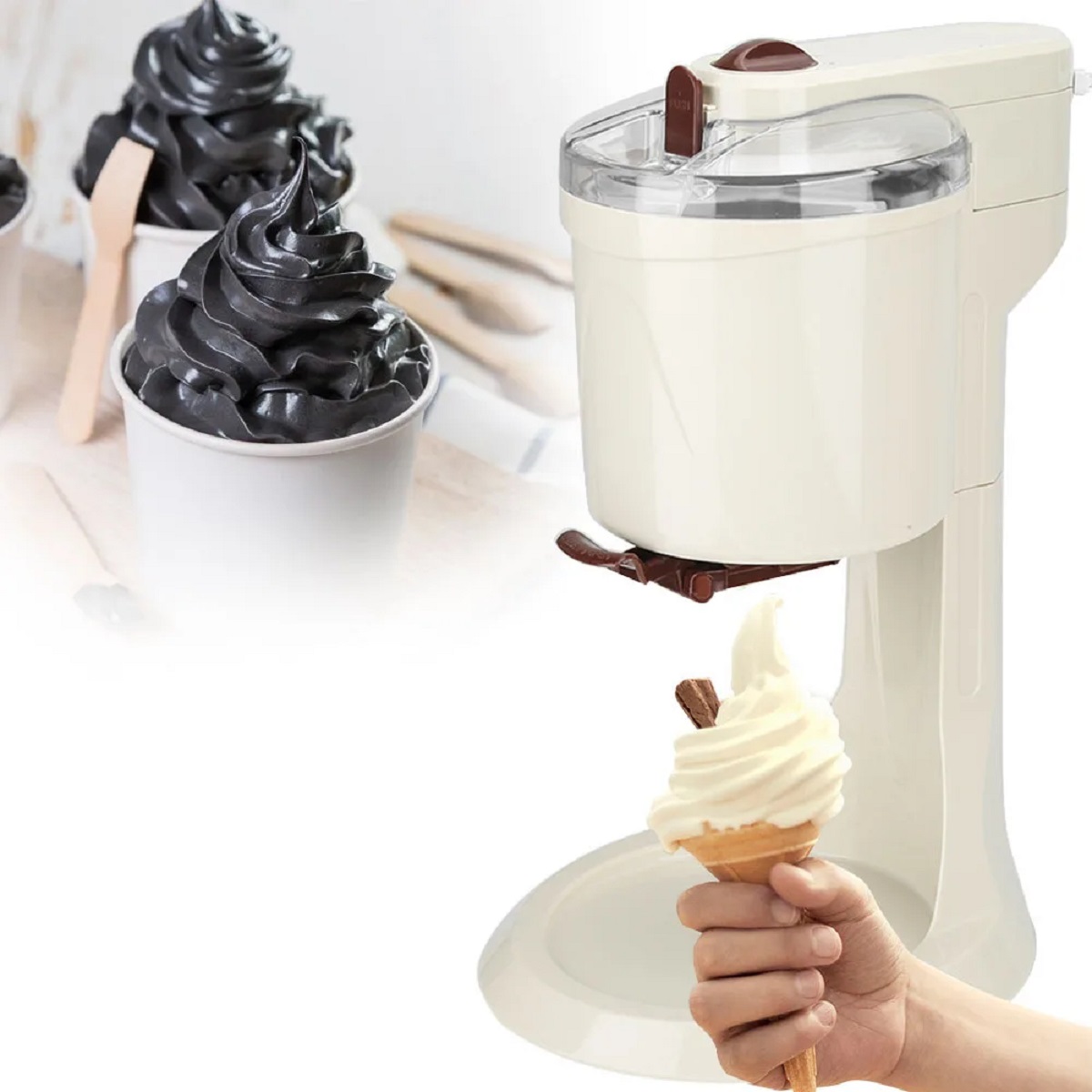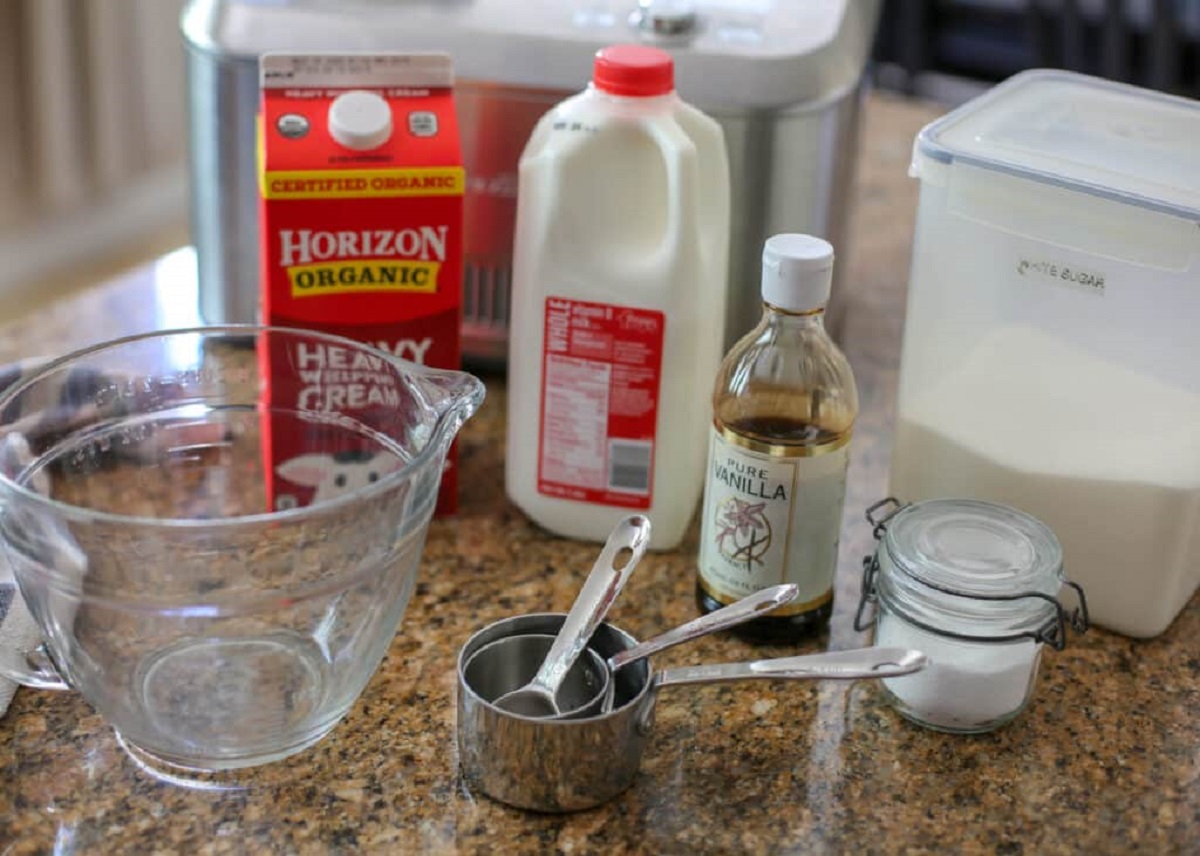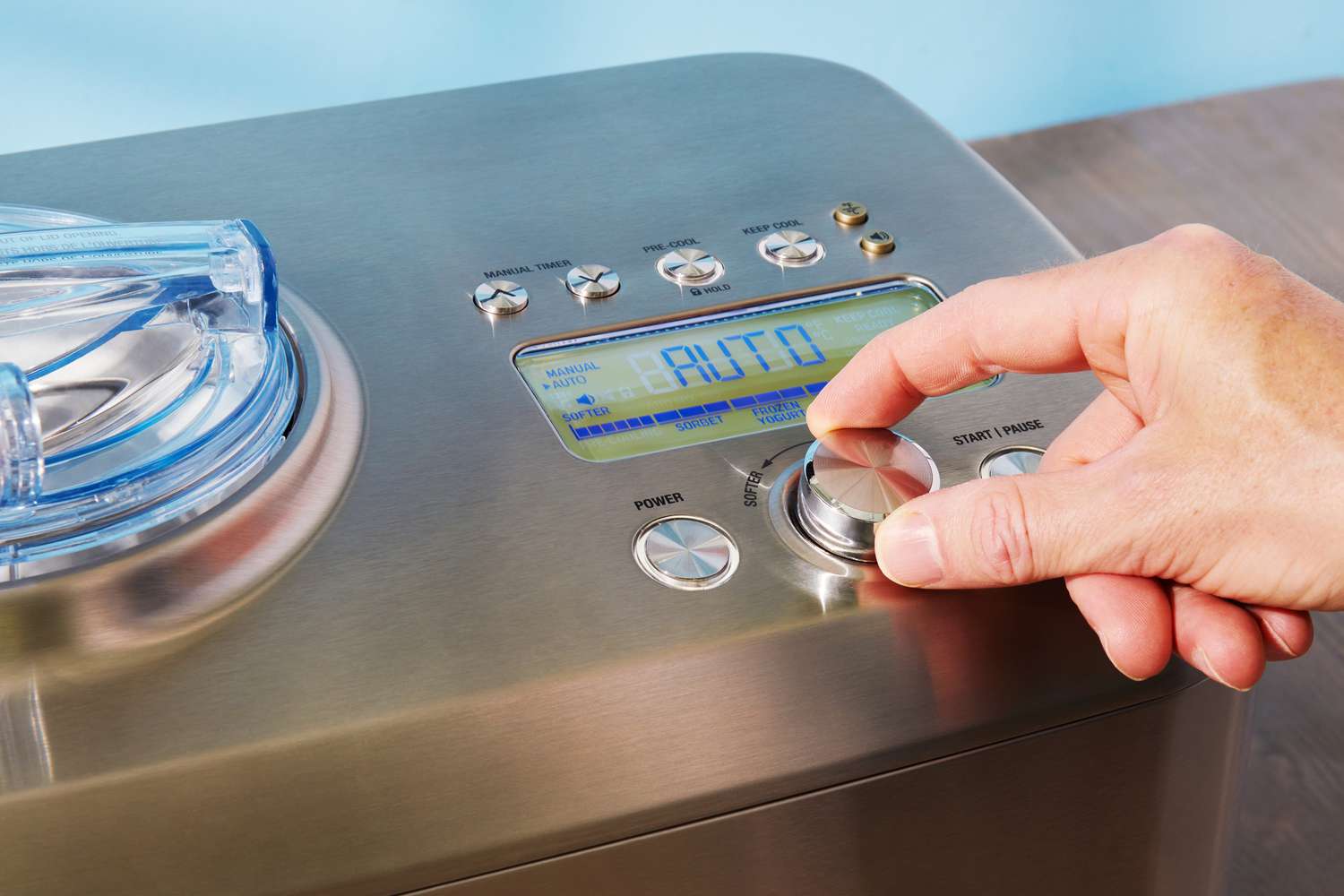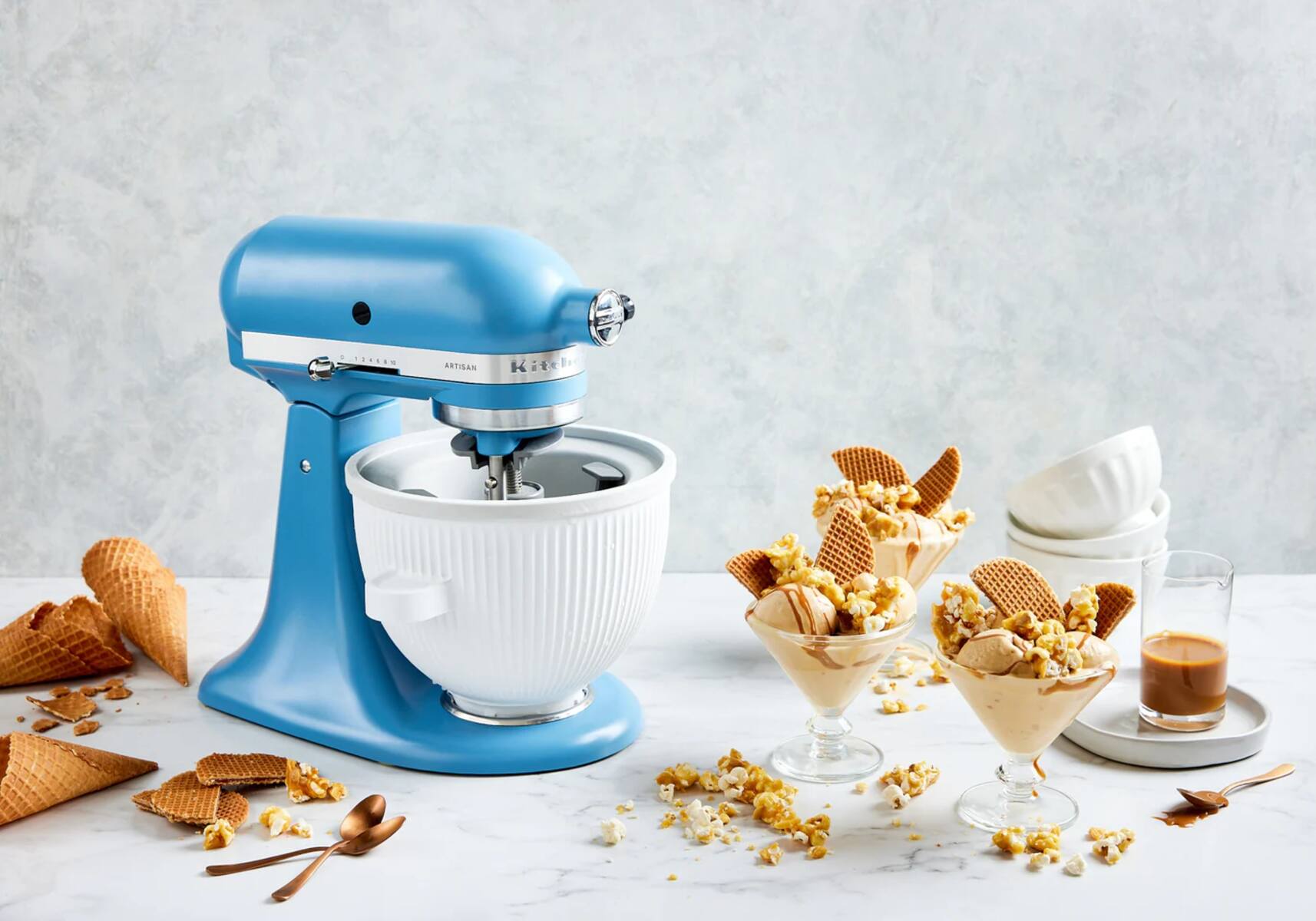Ancient Origins of Ice Cream
Ice cream, a beloved frozen dessert enjoyed by people all over the world, has a rich and fascinating history that dates back thousands of years. Although the exact origins of ice cream are somewhat elusive, historians have been able to trace the early beginnings of this delectable treat to ancient times.
One of the earliest references to a dessert resembling ice cream comes from the Persian Empire, around 500 BCE. The Persians would pour grape juice concentrate over snow to create a refreshing treat. This technique of combining flavors with ice or snow was also practiced in China, where they would mix milk and rice with snow to make frozen desserts during the Tang Dynasty (618-907 CE).
Around the same time, ancient Greeks and Romans had their own versions of frozen treats. The Greeks would mix snow with honey and fruit, creating a delightful concoction known as “creted ice.” The Romans, on the other hand, would mix fruit juice with snow or ice brought down from the mountains and sometimes add sweeteners like honey or wine.
It wasn’t until the Middle Ages that the concept of ice cream truly started to evolve. In the Arab world, a popular dessert called “sherbet” emerged, which was made by combining fruit juices or extracts with sugar and ice. Sherbet made its way to Europe through the Arab conquest of Sicily, and it quickly became a valued commodity among the aristocracy. The Crusaders returning from the Middle East also brought back stories of these delightful frozen desserts.
During the Renaissance in Europe, a more familiar version of ice cream began to take shape. Italian and French chefs started experimenting with new flavors and techniques. They would often mix sugar, eggs, and cream, and then freeze the mixture with the help of a metal container immersed in a mixture of salt and ice. This method, known as the “pot-freezing” technique, was a significant advancement in ice cream making.
The popularity of ice cream continued to grow throughout the centuries, with new flavors and variations emerging all over the globe. From the gelatos of Italy to the iced desserts of England, ice cream became a cherished treat for people of all ages and backgrounds.
While the ancient origins of ice cream may seem distant from the modern-day, the techniques and recipes developed by early civilizations laid the foundation for the ice cream we enjoy today. The passion for creating frozen desserts has transcended time, evolving and adapting to different cultures and tastes over the centuries.
Early Innovations in Ice Cream Making
As the popularity of ice cream grew, so too did the desire for more efficient and convenient methods of making this delightful frozen treat. Early innovators in ice cream making began to explore new techniques and inventions to streamline the process and improve the quality of the final product.
One noteworthy innovation in ice cream making was the invention of the hand-cranked freezer. This invention revolutionized the way ice cream was made at home. Previously, making ice cream required laboriously stirring the mixture by hand or relying on natural freezing methods like using ice and salt. But with the hand-cranked freezer, a simple mechanical device, anyone could make their own ice cream with much less effort.
The hand-cranked freezer consisted of a metal canister filled with the ice cream mixture, which was then placed inside a larger container filled with ice and salt. By turning the crank, the mixture inside the canister was continuously stirred, causing it to freeze evenly. This invention, patented in the 1840s by Nancy Johnson and improved upon by others, was a game-changer for homemade ice cream enthusiasts.
Another significant innovation in ice cream making came in the form of the “continuous freezer.” Developed in the early 1900s, this machine allowed for large-scale production of ice cream. Unlike the hand-cranked freezer, which produced one batch of ice cream at a time, the continuous freezer could churn out ice cream continuously. This efficiency made it possible for commercial ice cream manufacturers to meet the growing demand for this frozen delight.
These early innovations not only made ice cream more accessible but also had a profound impact on the quality of the final product. The continuous freezing process in particular helped create a smoother and creamier texture, as it reduced the formation of ice crystals that can make ice cream grainy and less enjoyable.
It’s important to note that these early innovations paved the way for further advancements in ice cream making technology. Over the years, improvements in refrigeration and machinery have continued to refine the process, resulting in the wide array of ice cream machines available today, from small countertop appliances to large-scale industrial equipment.
Thanks to the ingenuity of these early innovators, ice cream making became more accessible, efficient, and delicious. Their inventions laid the groundwork for the thriving ice cream industry we know today, allowing people around the world to enjoy this frozen delight with ease.
The Evolution of Ice Cream Machines
The evolution of ice cream machines has played a crucial role in the production of ice cream, making the process faster, more efficient, and capable of producing a greater variety of flavors and textures. From the humble beginnings of hand-cranked freezers to the advanced technology of today, ice cream machines have come a long way.
In the early days of ice cream making, hand-cranked freezers were the primary machines used. These machines required manual effort to continuously churn the ice cream mixture, causing it to freeze as it was being stirred. The invention of the hand-cranked freezer marked a significant leap forward, enabling people to make ice cream at home with relative ease.
However, as demand for ice cream grew, so did the need for larger-scale production. This led to the development of motorized ice cream machines. These machines replaced the hand-cranked mechanism with a motor-driven paddle, eliminating the need for manual labor. Motorized ice cream machines allowed for more consistent churning and freezing, resulting in smoother and more uniform ice cream.
As technology advanced, so did ice cream machines. The next major breakthrough came with the invention of the continuous freezer in the early 20th century. This revolutionary machine made it possible to produce ice cream in large quantities on an industrial scale. The continuous freezer operated by continually pumping the ice cream mixture through a freezing chamber, ensuring a consistent freeze and smooth texture.
With the continuous freezer, ice cream manufacturers could meet the growing demand for their products and experiment with a wide range of flavors and mix-ins. This machine opened up a world of possibilities for creating unique and innovative ice cream creations.
In recent years, there have been further advancements in ice cream machine technology. Manufacturers have introduced specialized machines for creating gelato, sorbet, and frozen yogurt. These machines are designed to achieve the specific textures and consistencies associated with each type of frozen dessert.
Furthermore, modern ice cream machines come with advanced features such as built-in refrigeration, precise temperature control, and programmable settings. These advancements have made it easier for both home cooks and professional ice cream makers to experiment with flavors and create their own signature recipes.
The evolution of ice cream machines has not only transformed the production process but has also expanded the possibilities for creating delicious frozen treats. From simple hand-cranked freezers to innovative, high-tech machines, these advancements have propelled the ice cream industry forward, ensuring that ice cream lovers around the world can enjoy their favorite frozen desserts in all their creamy, flavorful glory.
Pioneers in Ice Cream Maker Design
Throughout history, there have been several visionaries who played a significant role in the design and development of ice cream makers. These pioneers contributed to the innovation and improvement of ice cream making, introducing new technologies and techniques that have shaped the way we enjoy this frozen treat today.
One notable pioneer in ice cream maker design is Carl von Linde, a German engineer who is considered the father of modern refrigeration. In the late 19th century, von Linde developed a refrigeration system that utilized ammonia as a refrigerant, greatly advancing the preservation and cooling of food. This breakthrough in refrigeration technology had a direct impact on ice cream making by providing a more efficient and reliable method of freezing the ice cream mixture.
Another influential figure in ice cream maker design is Nancy Johnson, an American woman who patented the hand-cranked ice cream freezer in the mid-19th century. Johnson’s invention revolutionized ice cream making, making it accessible to households and enabling anyone to indulge in homemade ice cream. Her hand-cranked freezer consisted of a canister for the ice cream mixture that was placed inside a larger container filled with ice and salt. By turning the crank, the mixture was churned and frozen simultaneously.
Continuing the trend of innovation, Agnes B. Marshall, an Englishwoman, made significant contributions to ice cream maker design in the late 19th century. Marshall was an expert in frozen desserts and wrote several cookbooks on the subject. She patented her own ice cream machine, which had a revolving paddle mechanism and could create a variety of frozen desserts. Marshall’s machine brought a new level of versatility and creativity to ice cream making, allowing for the production of different flavors and textures.
An often overlooked pioneer in ice cream maker design is Alfred Cralle, an African-American inventor who patented the ice cream scoop in 1897. While not a machine per se, the design of the ice cream scoop revolutionized the serving and portioning of ice cream. Cralle’s invention made it easier to shape and scoop ice cream, ensuring consistent portion sizes and enhancing the overall ice cream experience.
These pioneers, along with many others, paved the way for the design and development of ice cream makers that we use today. Their innovative ideas and inventions continue to influence the industry and inspire future advancements in ice cream making technology.
Thanks to the contributions of these visionaries, ice cream makers have evolved from simple hand-cranked freezers to sophisticated machines that can produce a wide range of flavors and consistencies. They have made it possible for both individuals and commercial establishments to create delicious frozen treats, bringing joy to people of all ages around the world.
The First Commercial Ice Cream Makers
With the growing popularity of ice cream, the demand for commercial ice cream makers arose. These specially designed machines were capable of producing larger quantities of ice cream in a more efficient manner, making it possible for businesses to meet the ever-increasing demand for this delightful frozen treat.
One of the pioneers in commercial ice cream maker design was Jacob Fussell, an American entrepreneur. In the mid-19th century, Fussell opened the first ice cream factory in the United States, equipped with specially designed machines for mass production. Fussell’s factory used steam-powered machinery to churn and freeze the ice cream mixture, allowing for faster and more consistent results. This marked a significant shift from the traditional hand-cranked freezers used in homes to a more industrialized process.
Another influential figure in the development of commercial ice cream makers was Agnes Marshall, the Englishwoman previously mentioned for her contributions to ice cream maker design. Not only did Marshall create her own ice cream machine, but she also designed commercial ice cream makers that were used in restaurants and confectionery shops. These machines were more advanced than their predecessors and could produce large quantities of ice cream in a shorter amount of time, catering to the demands of commercial establishments.
As technology continued to advance, companies such as Cuisinart and Carpigiani introduced commercial ice cream makers with improved features. These machines were equipped with advanced freezing capabilities, precise temperature control, and the ability to create multiple flavors simultaneously. They also had a higher capacity, making it possible to produce large volumes of ice cream in a shorter period.
In recent years, the emergence of soft-serve ice cream machines has further transformed the commercial ice cream industry. These machines not only produce delicious soft-serve ice cream but also incorporate air into the mixture, creating a lighter and fluffier texture. Soft-serve ice cream machines have become a staple in ice cream parlors and fast-food chains worldwide, catering to the demand for quick and convenient frozen treats.
The development of commercial ice cream makers has been instrumental in meeting the growing demand for ice cream in various settings. From the first steam-powered factory machines to the highly efficient and specialized equipment of today, these innovations have allowed businesses to create and serve ice cream on a mass scale, delighting ice cream lovers around the world.
Thanks to these early pioneers and continued advancements in technology, commercial ice cream makers have played a crucial role in making ice cream more accessible to the public and have contributed to the flourishing ice cream industry that we enjoy today.
A Shared History
Ice cream has a rich and diverse history that spans across centuries and cultures. Its origins can be traced back to ancient civilizations, where different techniques and flavors were explored and enjoyed. From the Persian Empire to the Tang Dynasty and the Greek and Roman civilizations, the desire for frozen treats has been a part of human culture for thousands of years.
Throughout history, ice cream making has evolved through the innovations of individuals like Nancy Johnson, Carl von Linde, Agnes Marshall, and Jacob Fussell. Their inventions and contributions have shaped the way we make and enjoy ice cream today. The hand-cranked freezers, motorized machines, continuous freezers, and modern technologically advanced ice cream makers have all helped to enhance the production process and improve the overall quality and variety of ice cream flavors.
Furthermore, ice cream has become a global phenomenon, transcending borders and cultures. People from all corners of the world have embraced this frozen delight and added their own unique twists to it. Whether it’s the gelato of Italy, the kulfi of India, or the soft-serve ice cream found in countless fast-food chains, each culture has its own take on this beloved treat.
Ice cream has also become a symbol of joy, celebration, and indulgence. It has become an integral part of special occasions, birthdays, and summer gatherings. The love for ice cream knows no boundaries, and its universal appeal continues to bring people together, sharing smiles and creating lasting memories.
As we indulge in a scoop of our favorite flavor, it’s important to recognize and appreciate the shared history behind this frozen delight. The ancient techniques discovered by early civilizations, the inventions of pioneers in ice cream maker design, and the evolution of ice cream machines have collectively shaped the way we enjoy this sweet delicacy.
Today, we can savor countless flavors, choose from a variety of textures, and enjoy ice cream in various forms. From artisan ice cream shops to the convenience of store-bought options, ice cream remains a beloved treat that brings joy to people of all ages.
So, the next time you indulge in a cone or a bowl of this frozen goodness, take a moment to appreciate the shared history of ice cream and the countless individuals who have contributed to its evolution. Let the flavors transport you to different times and places, reminding you of the enduring legacy of this delightful dessert.







